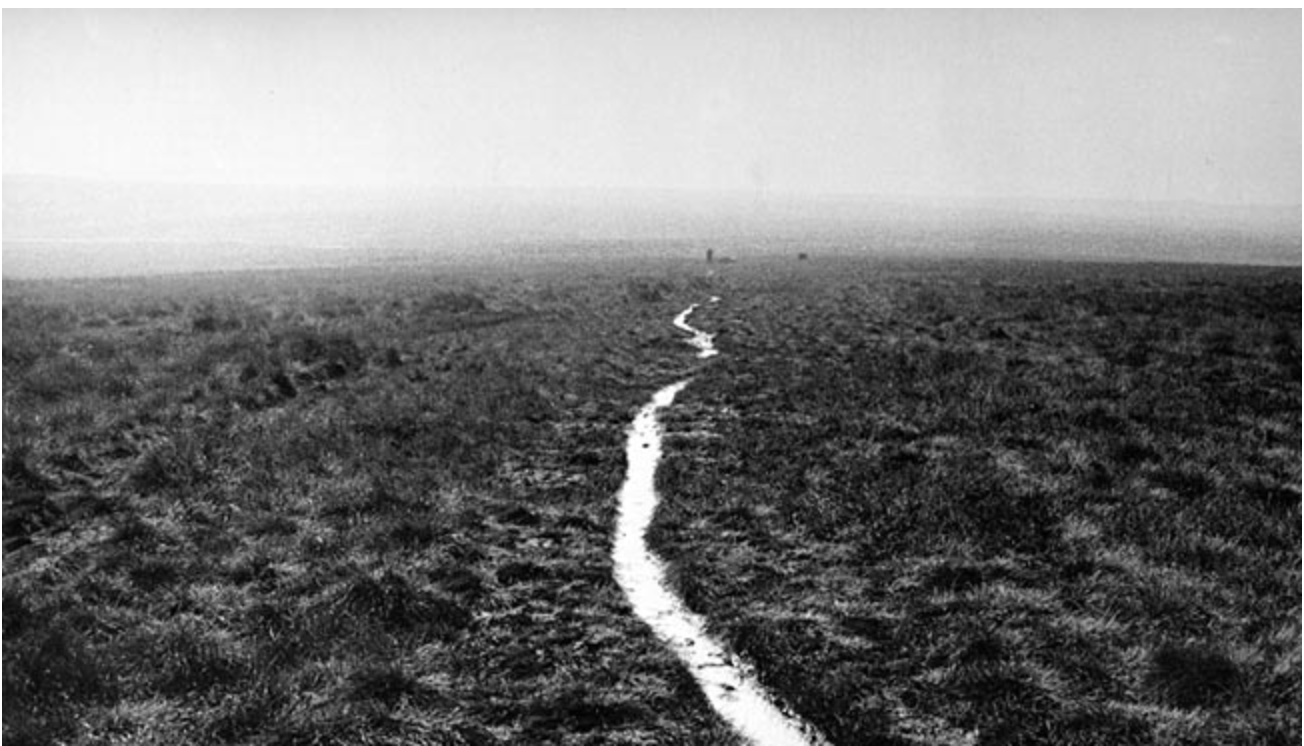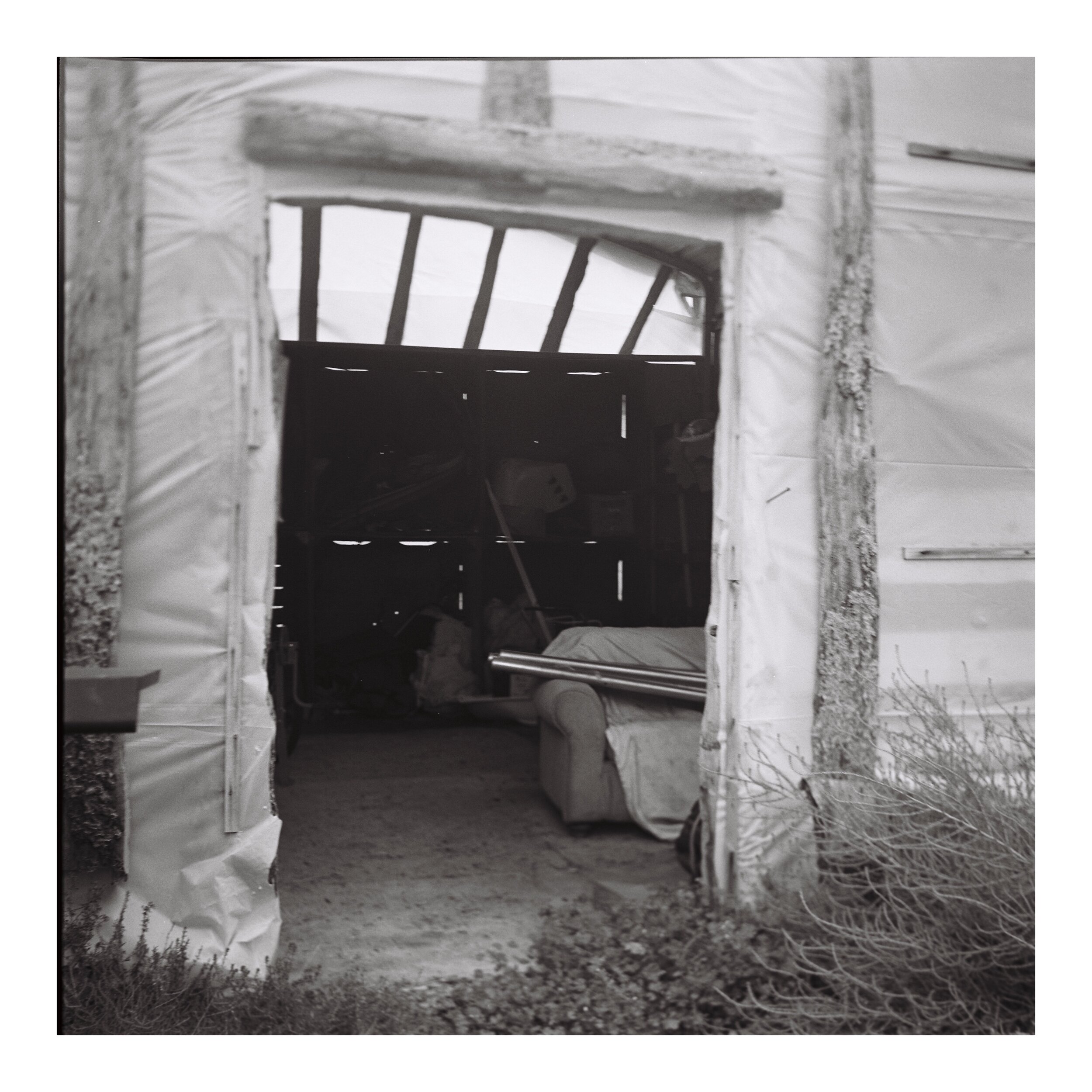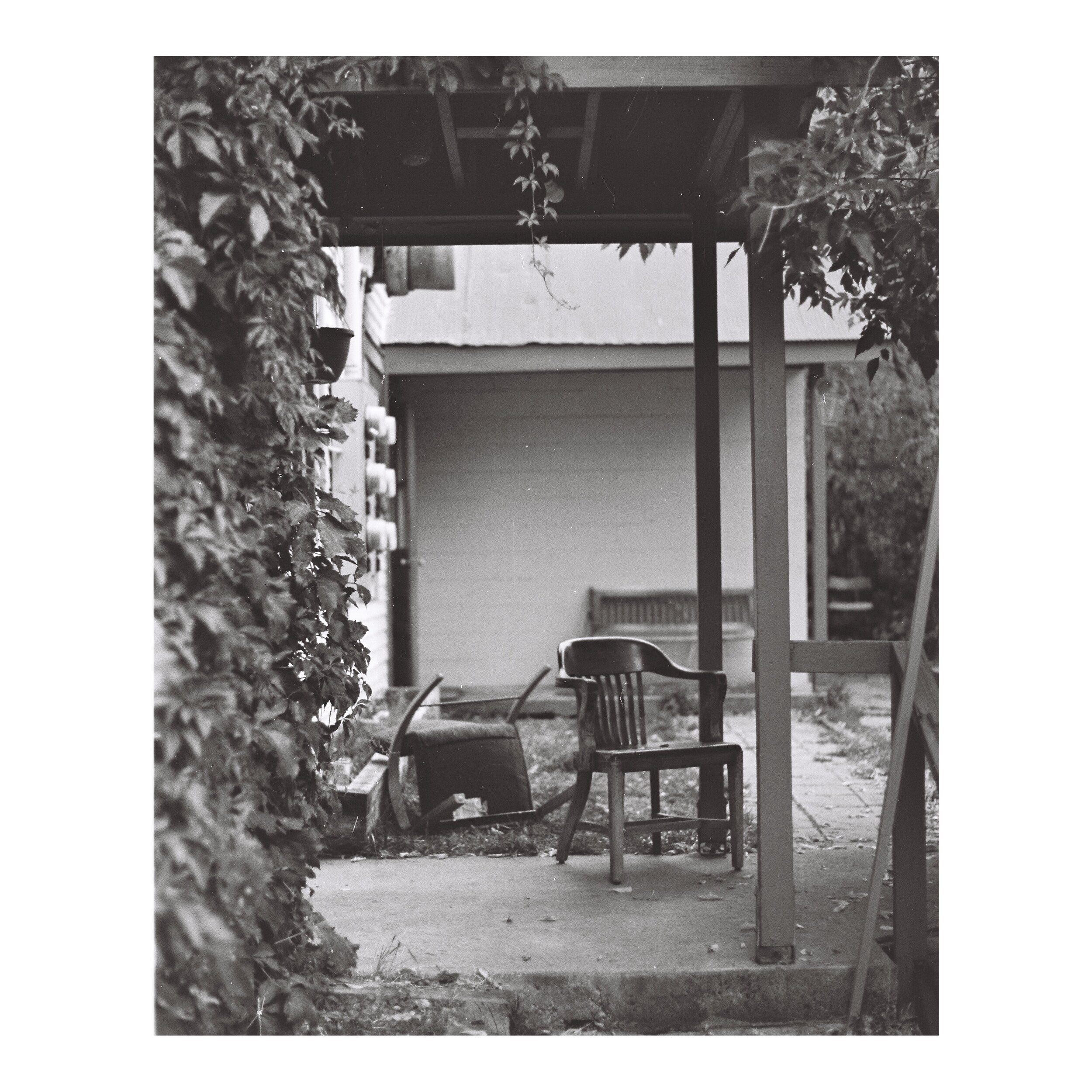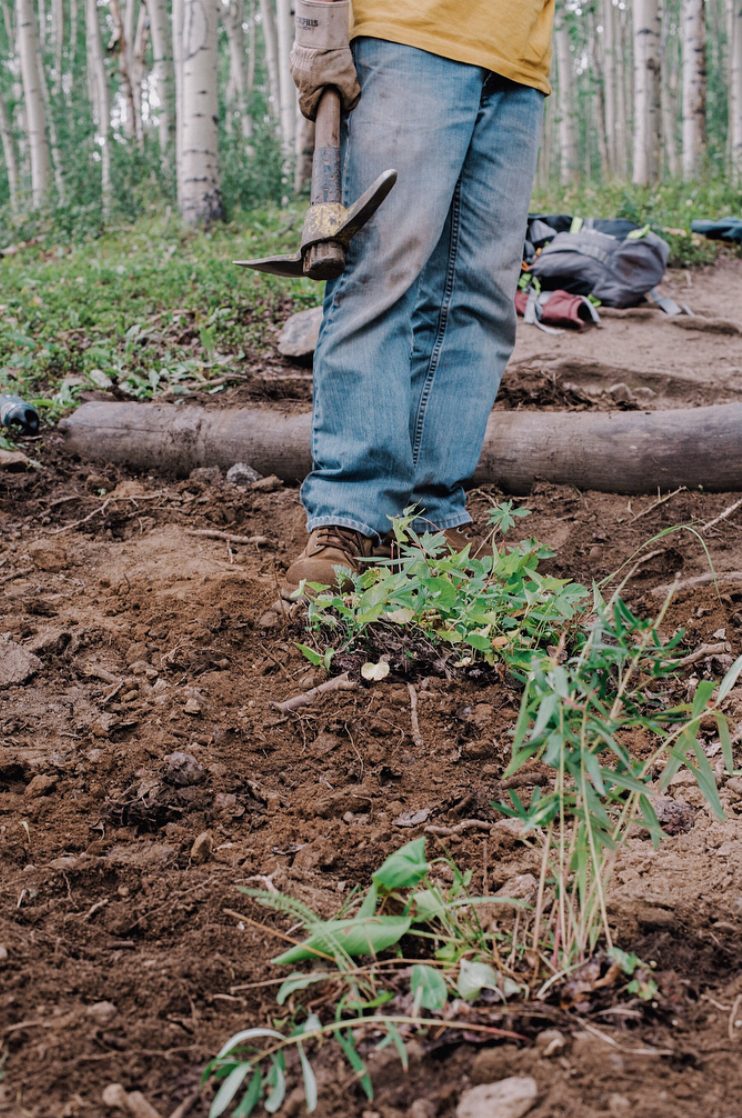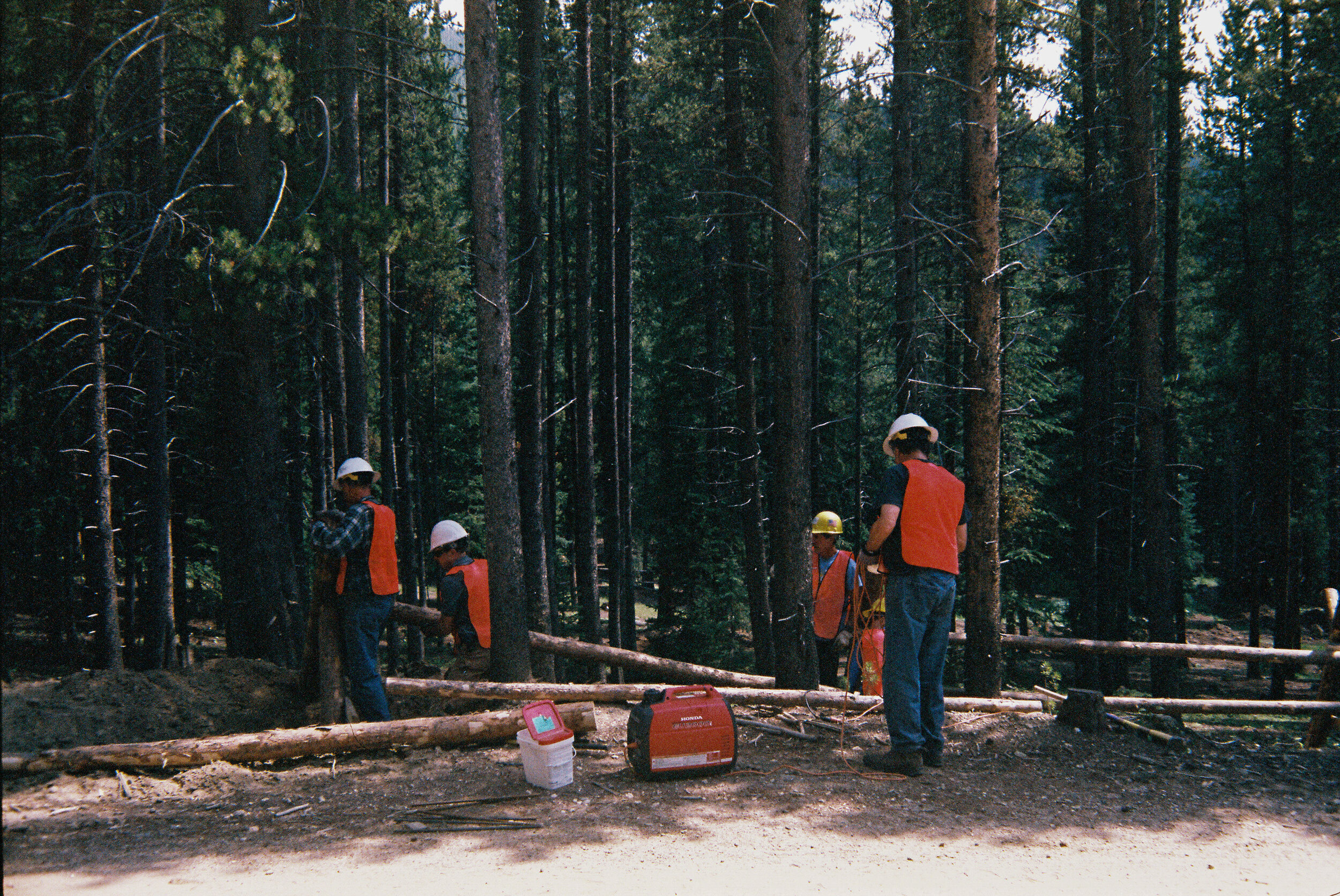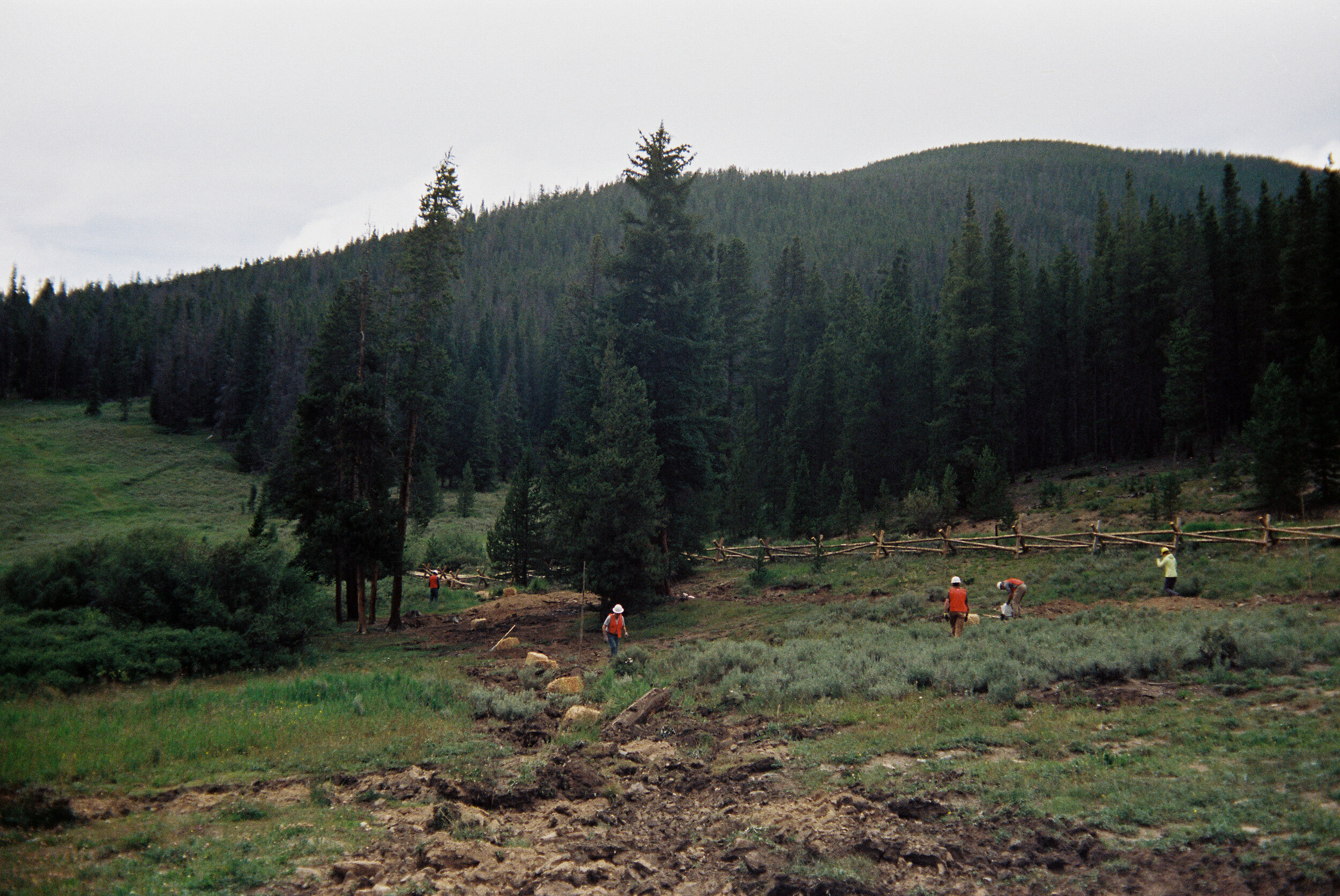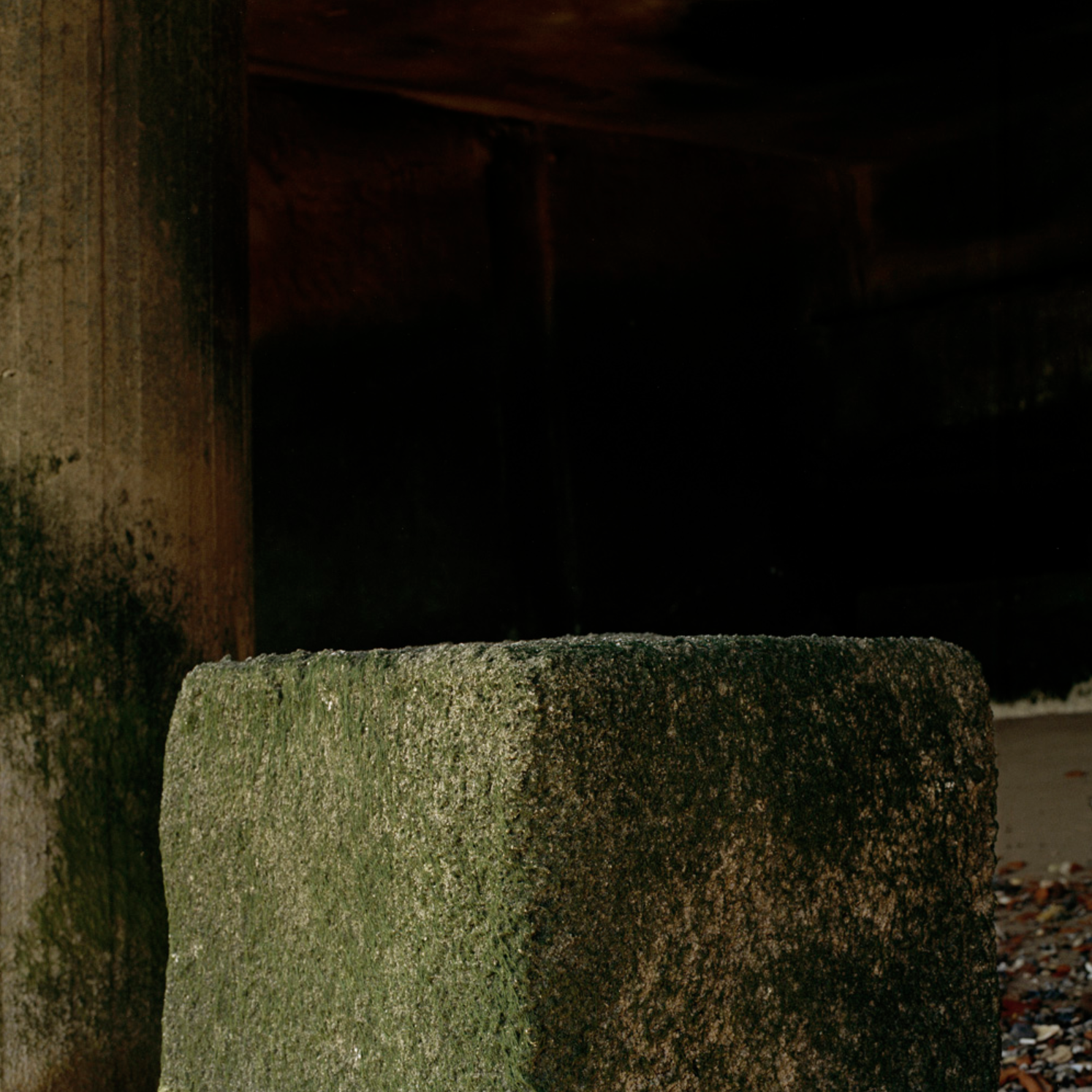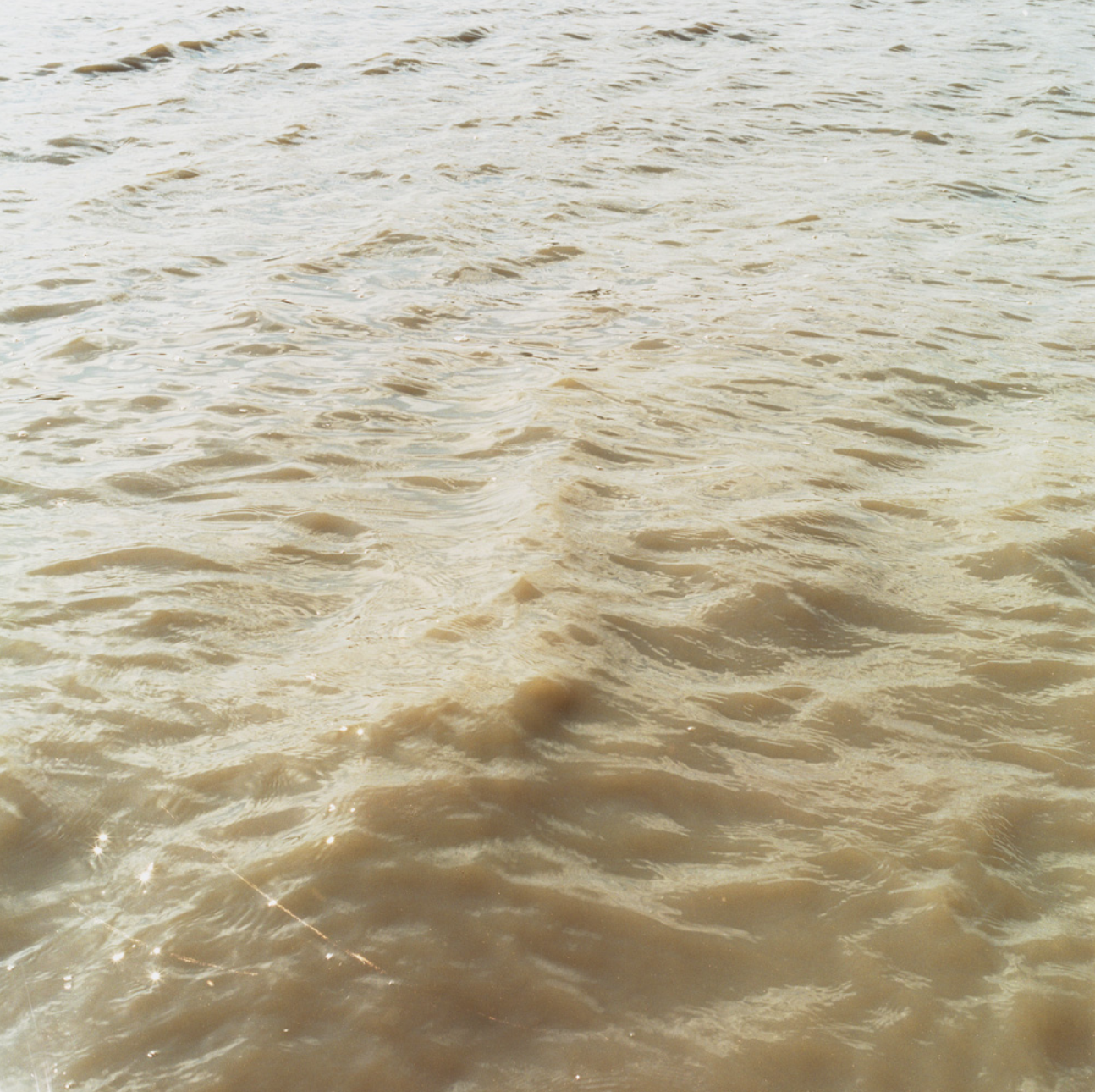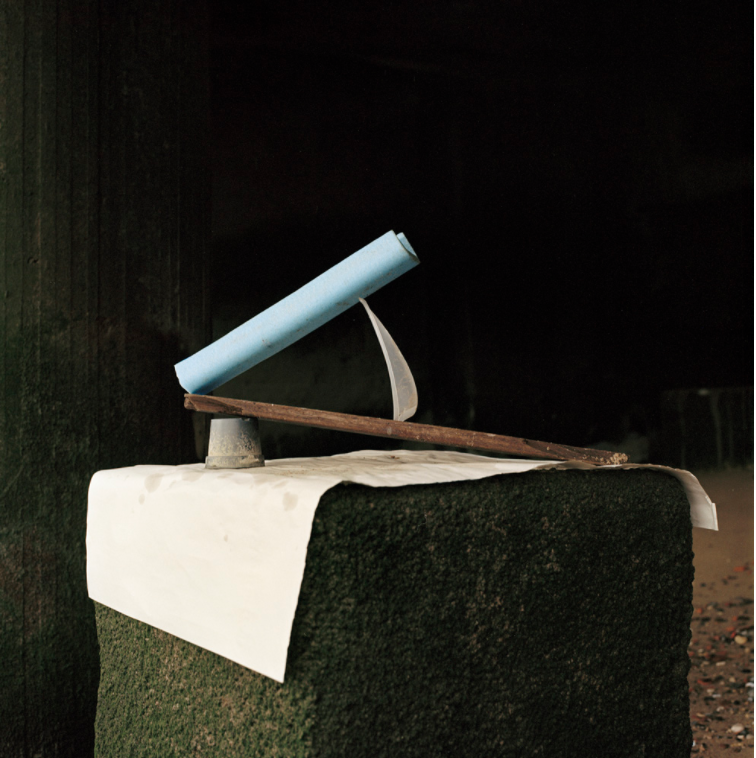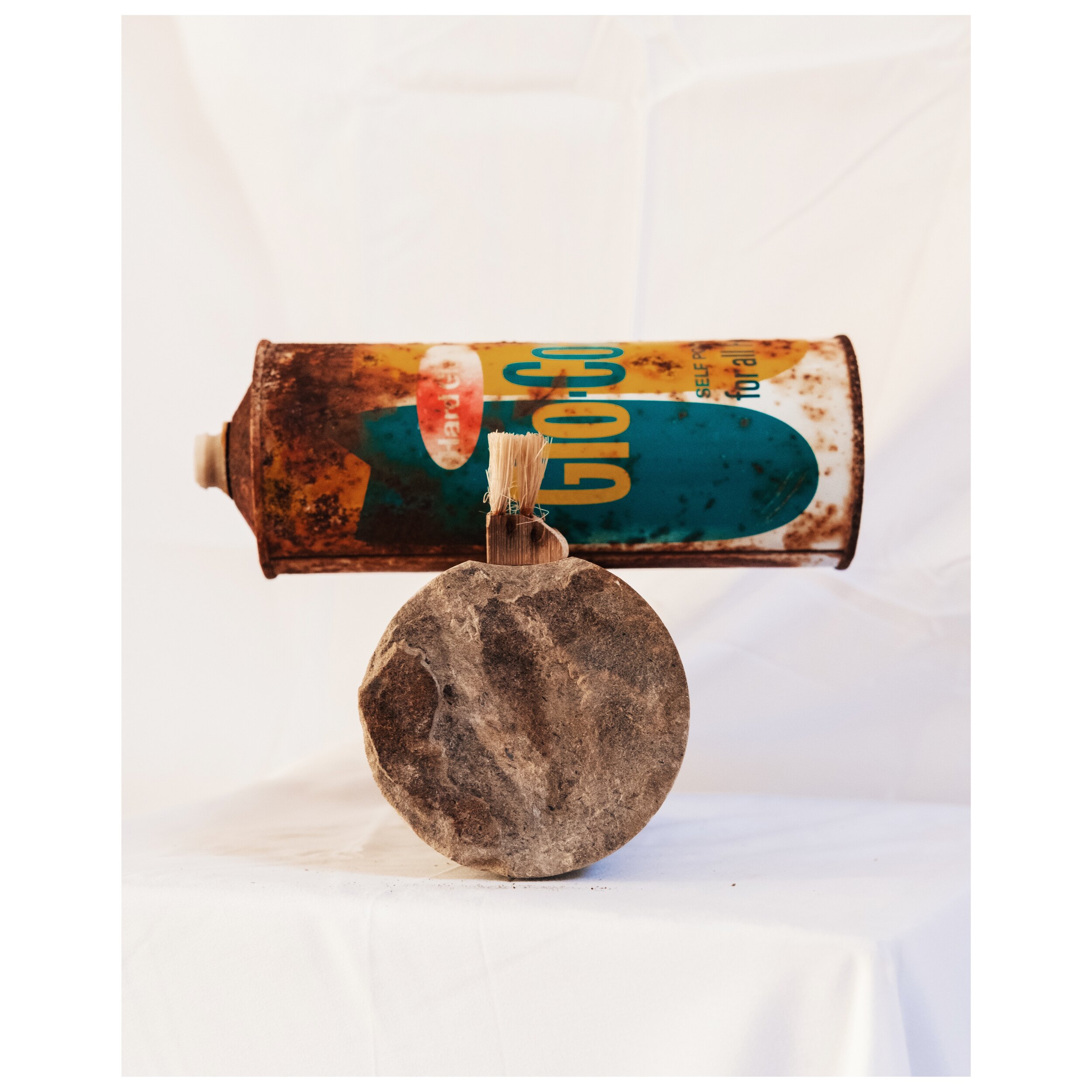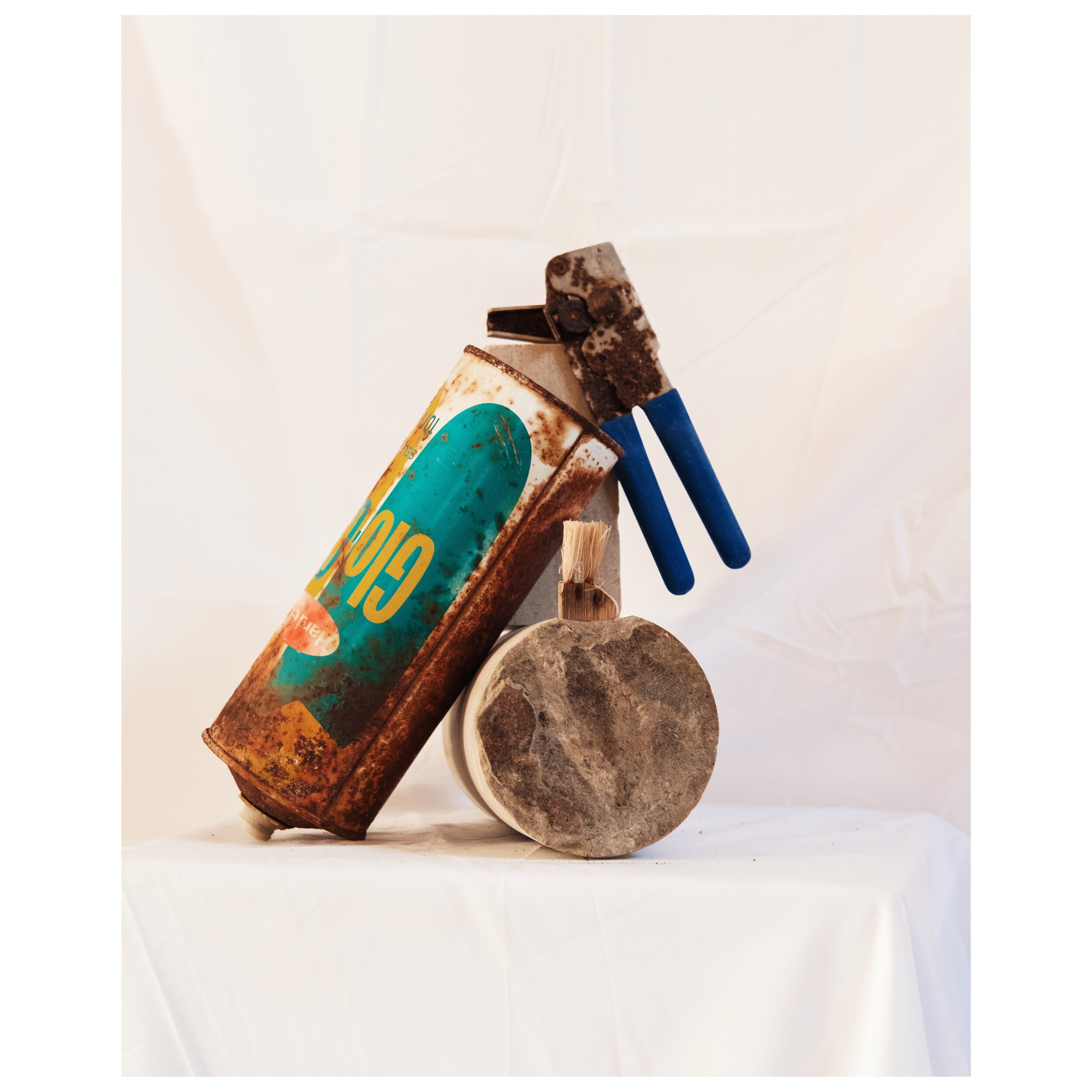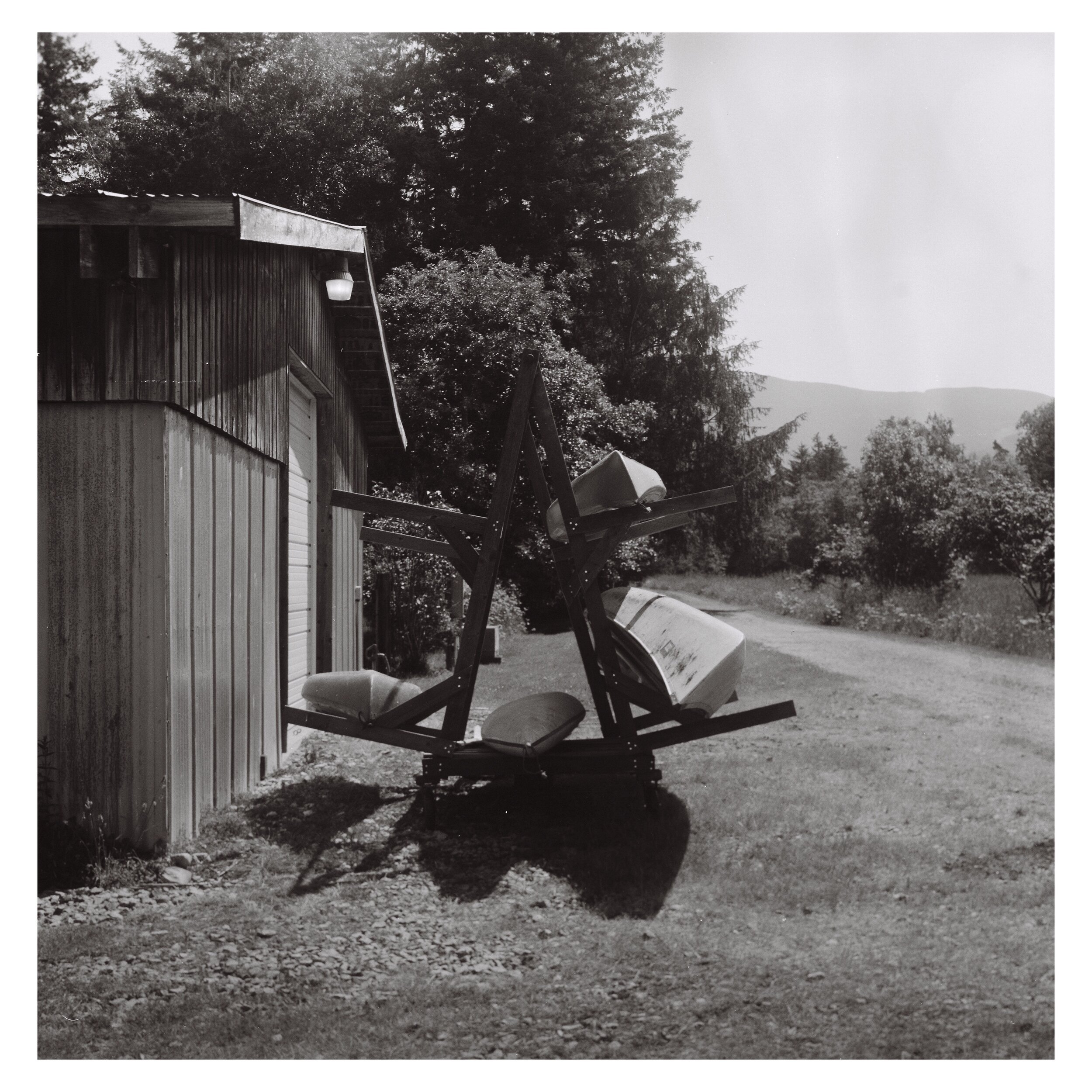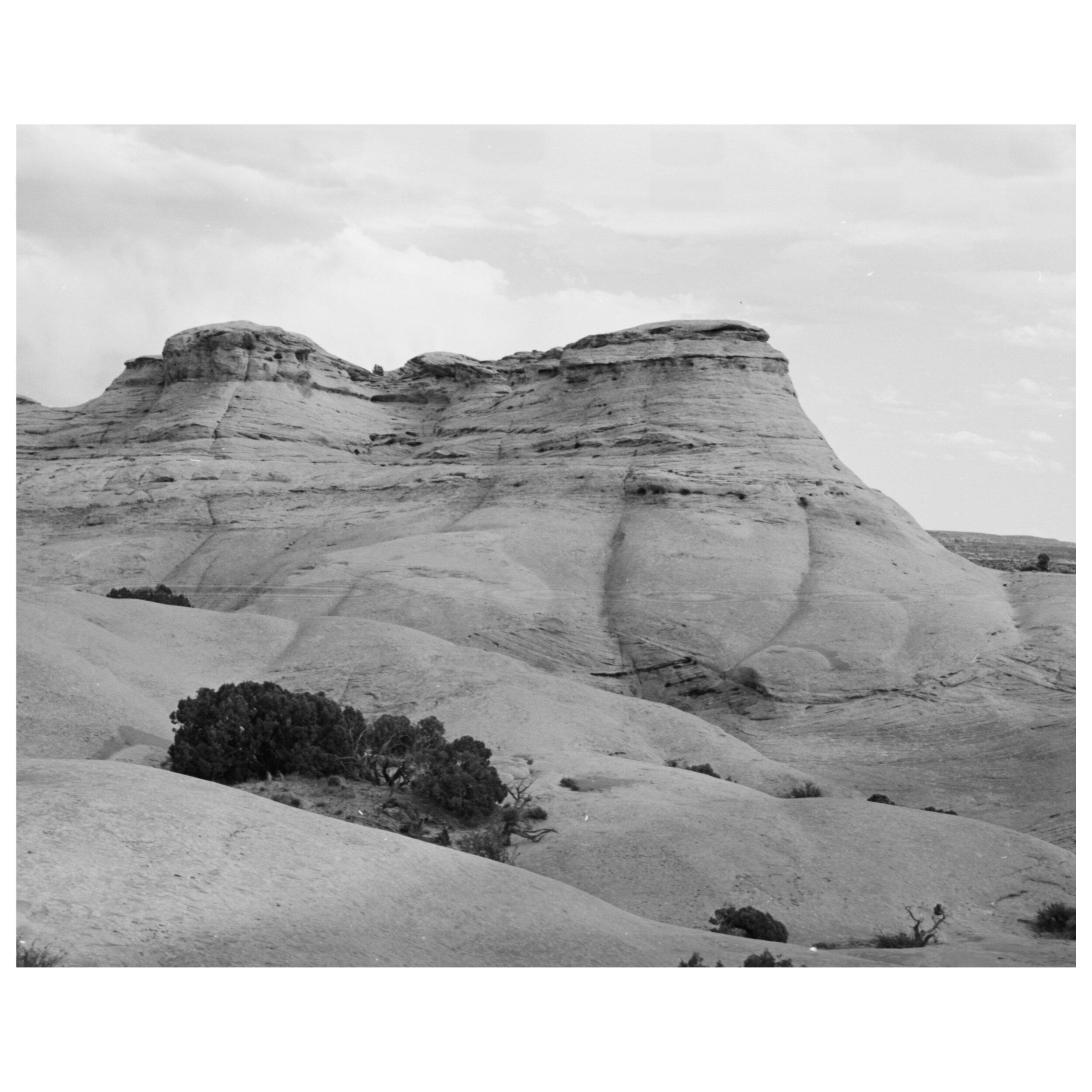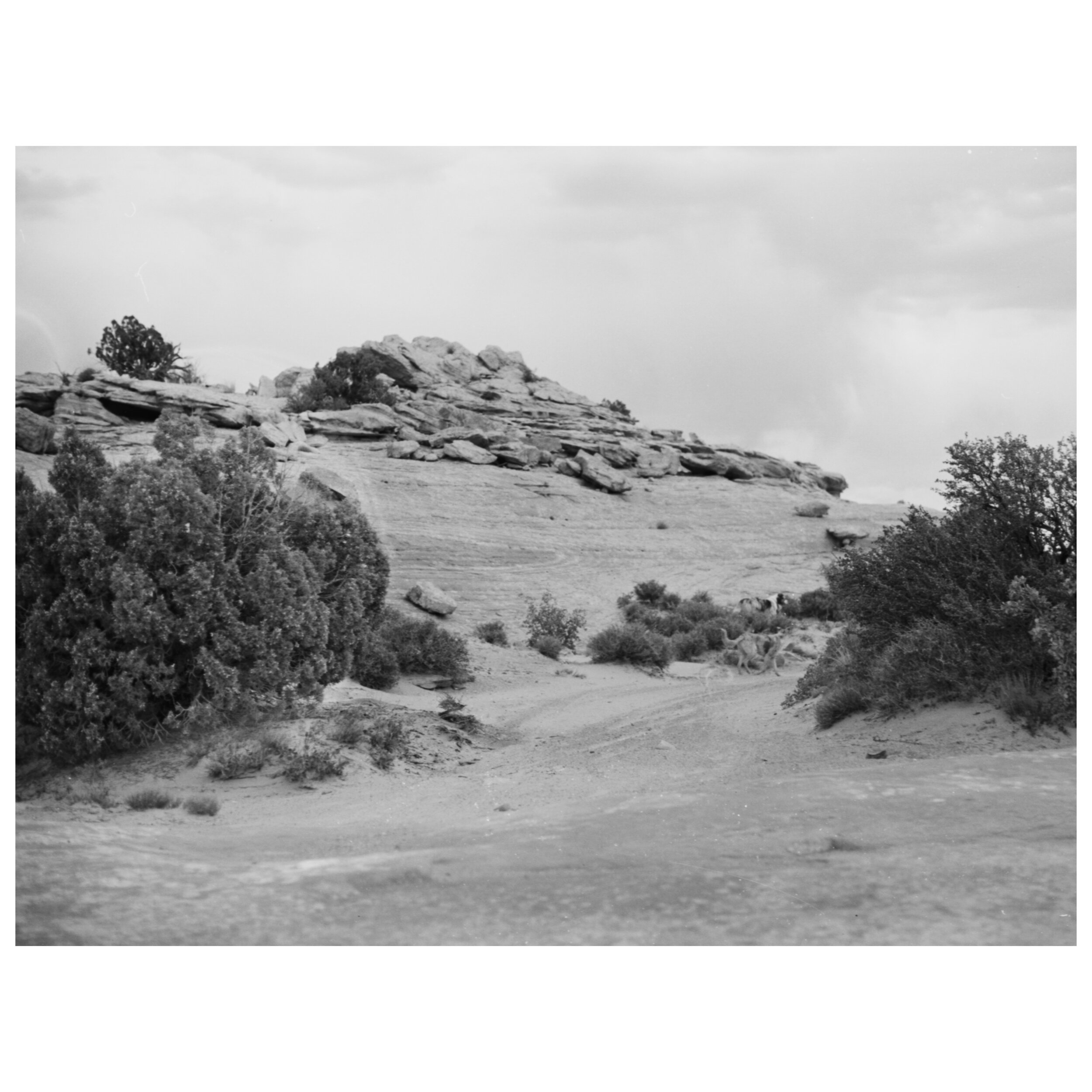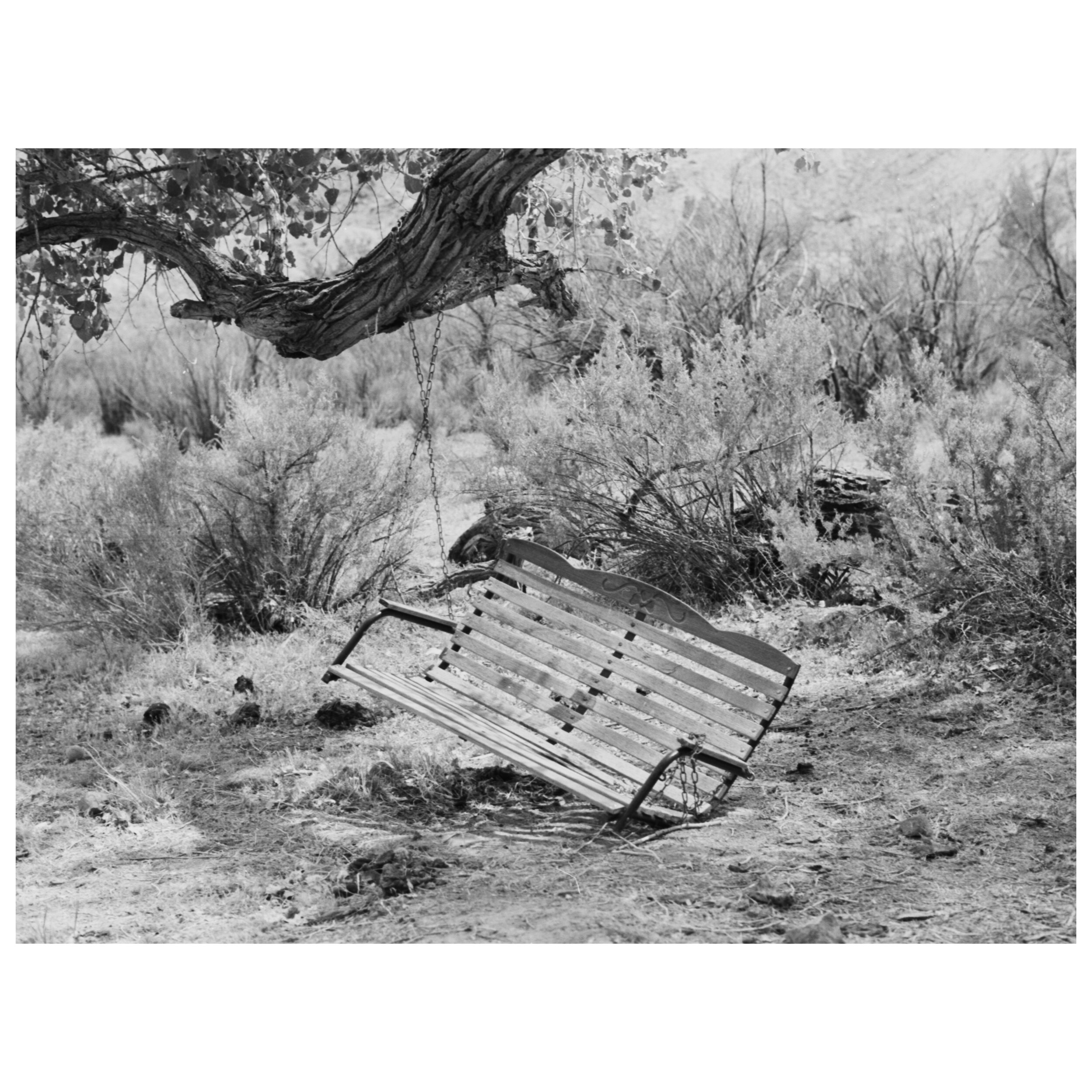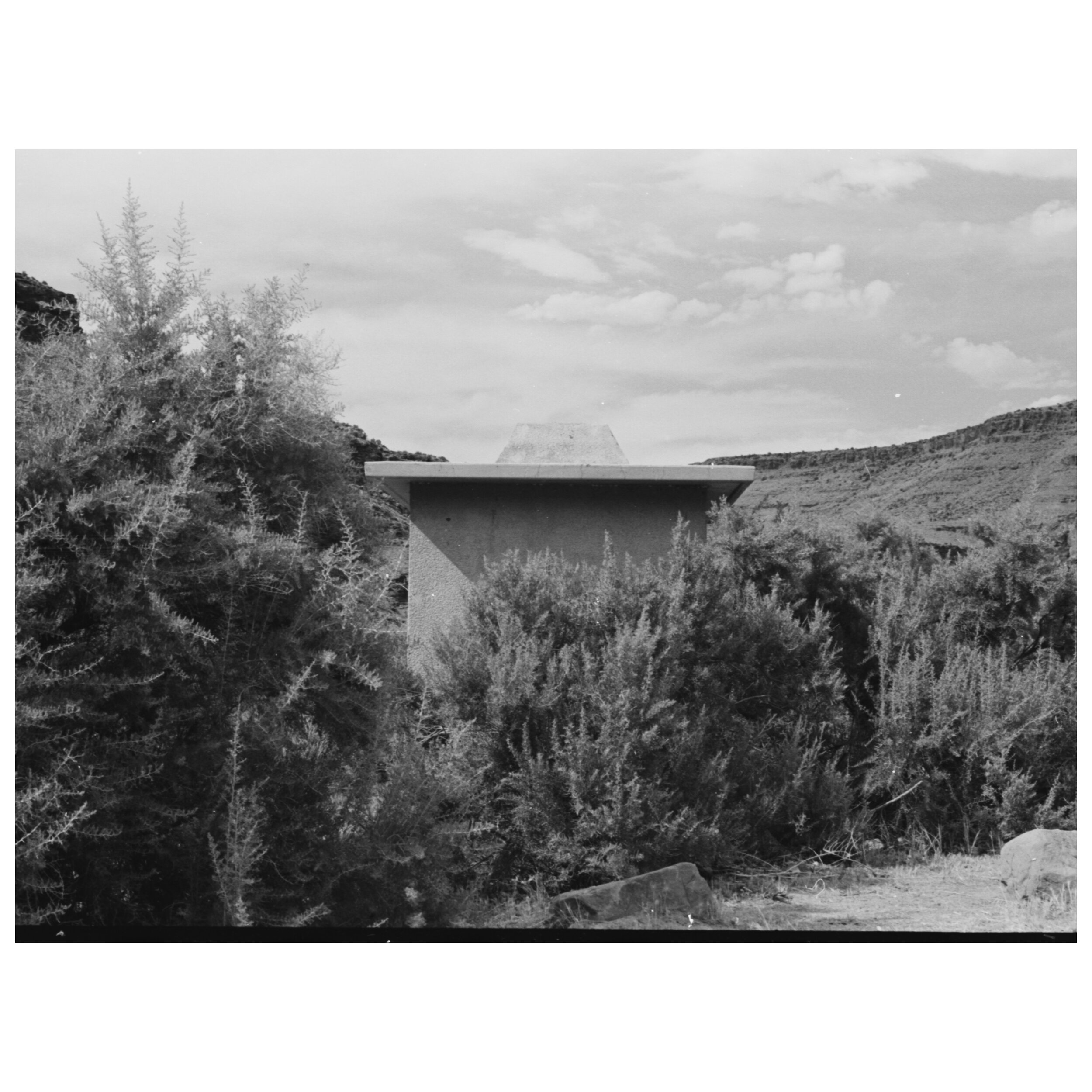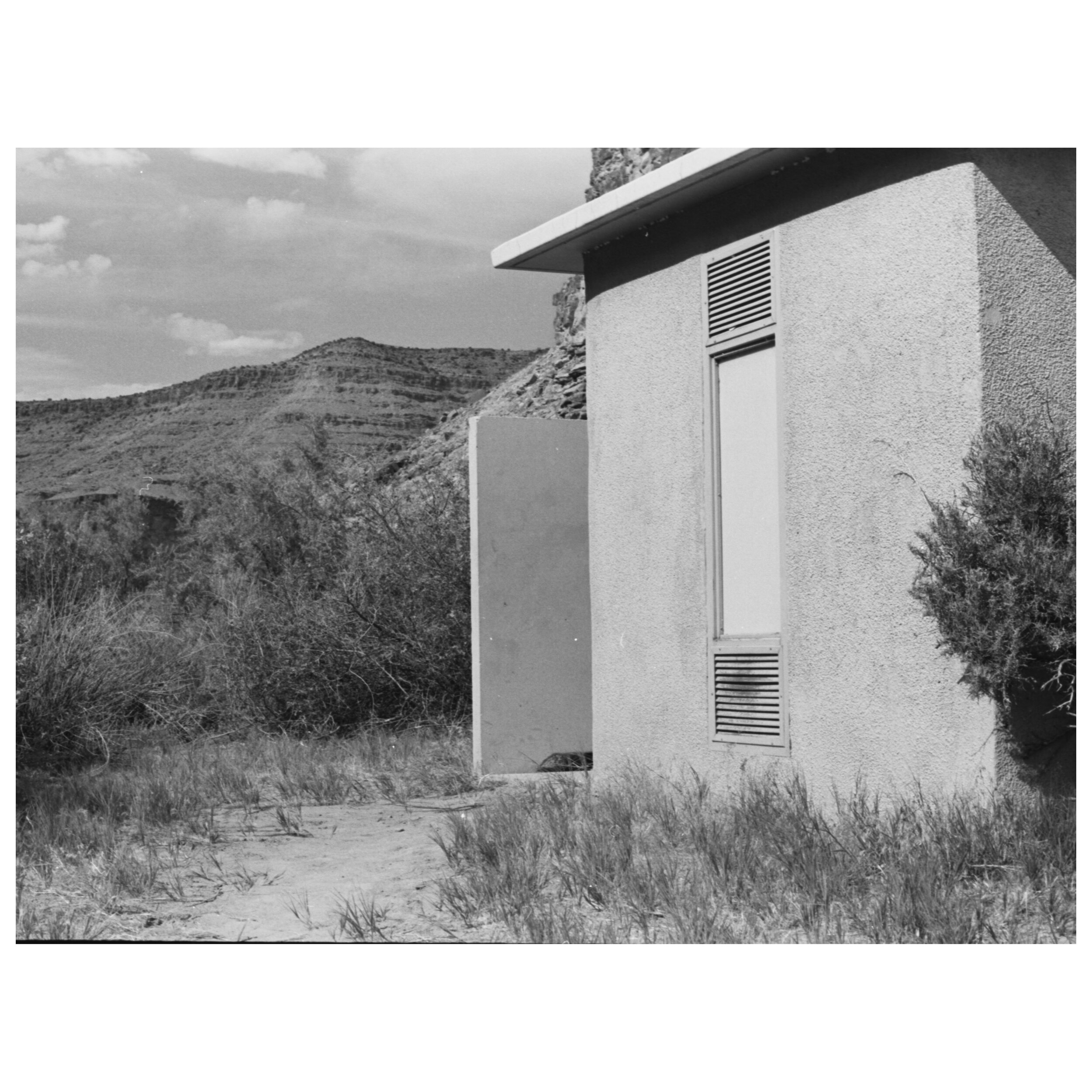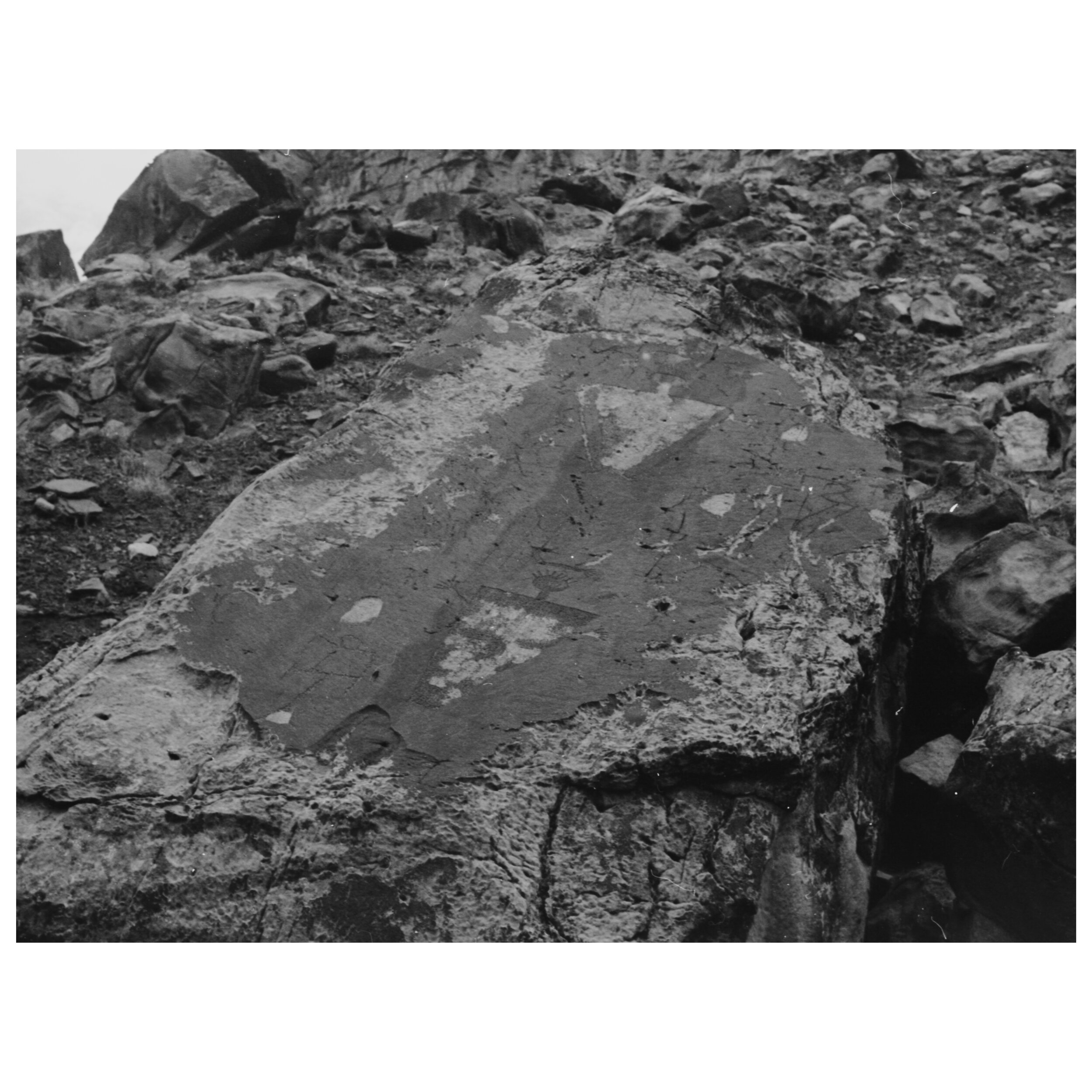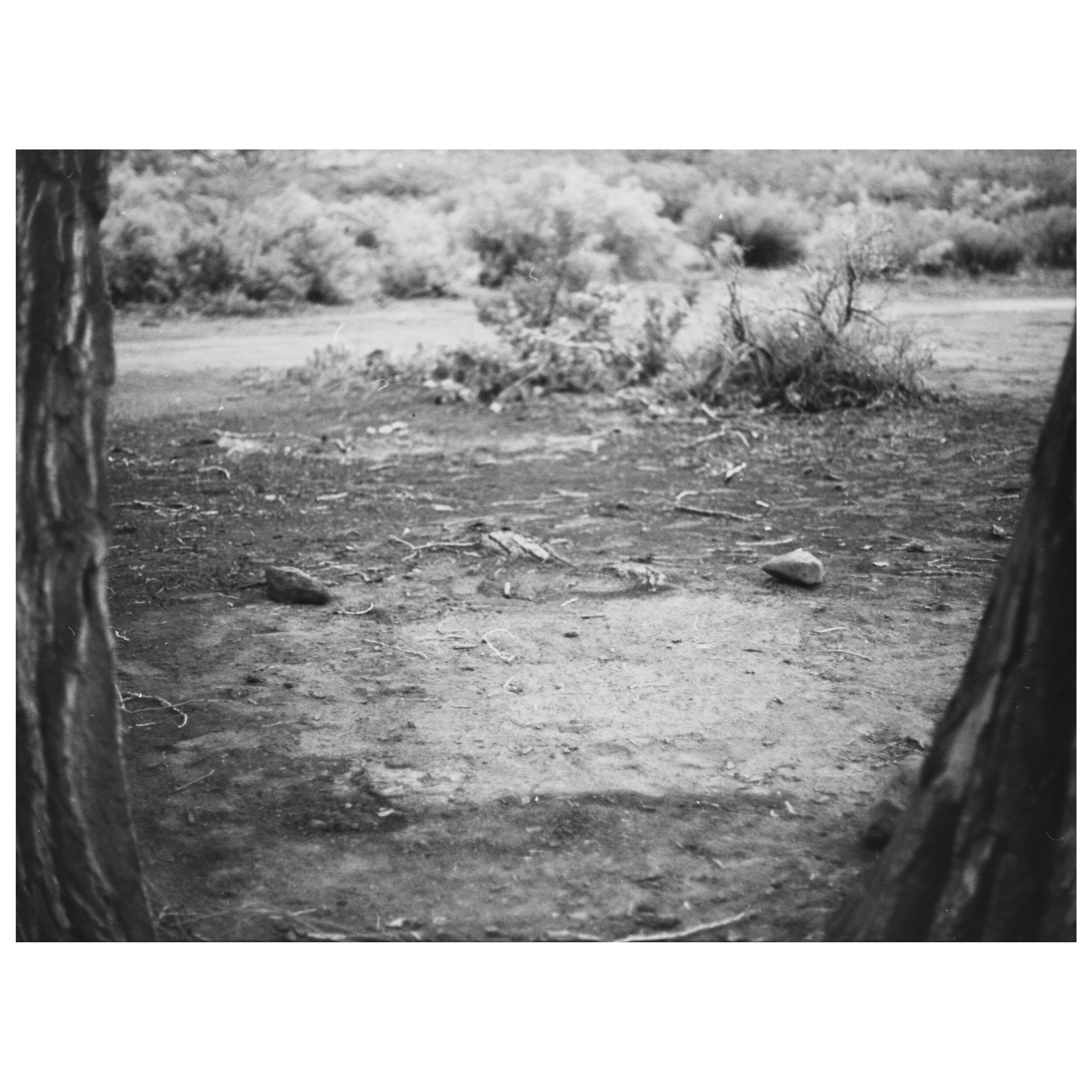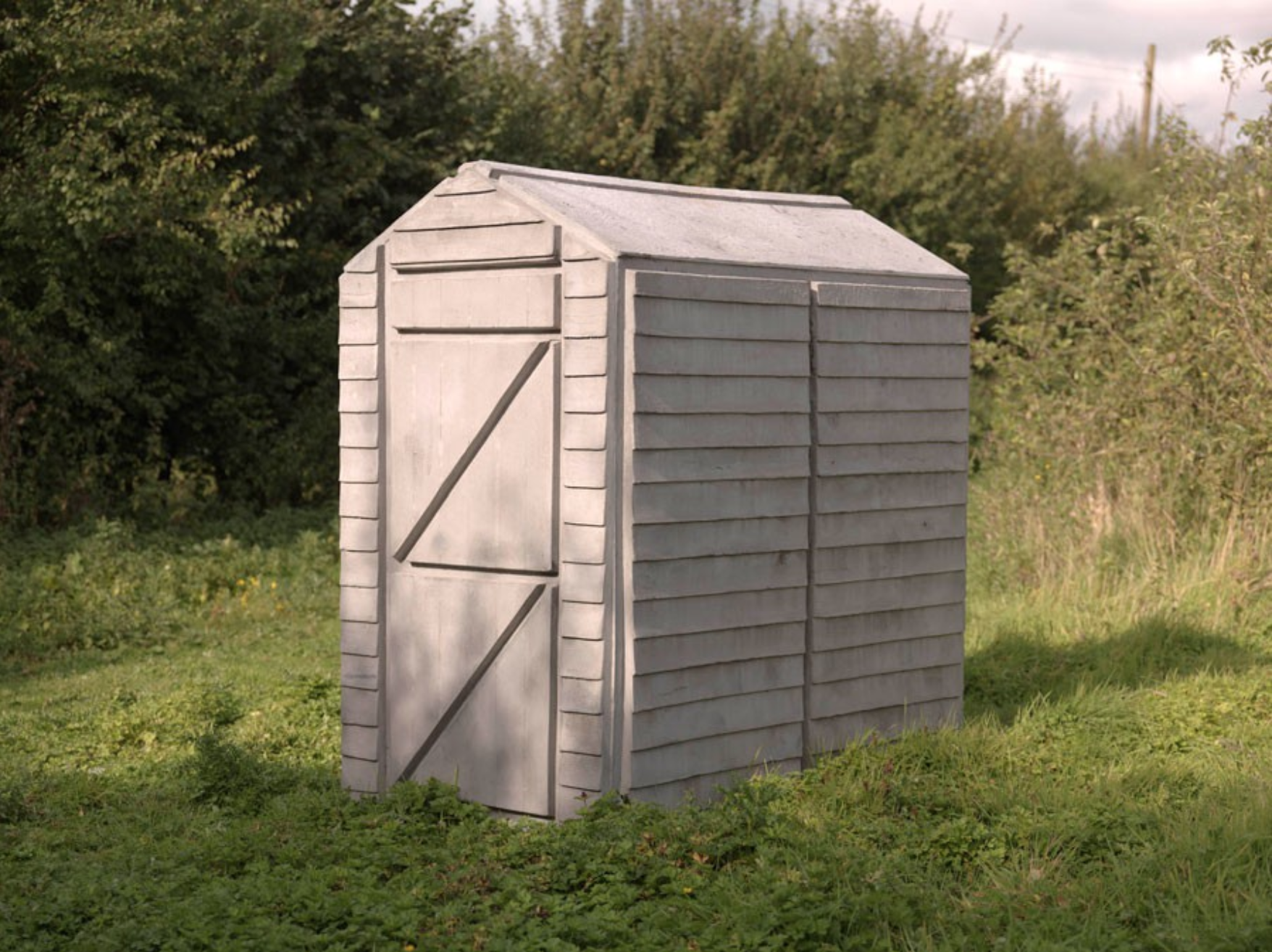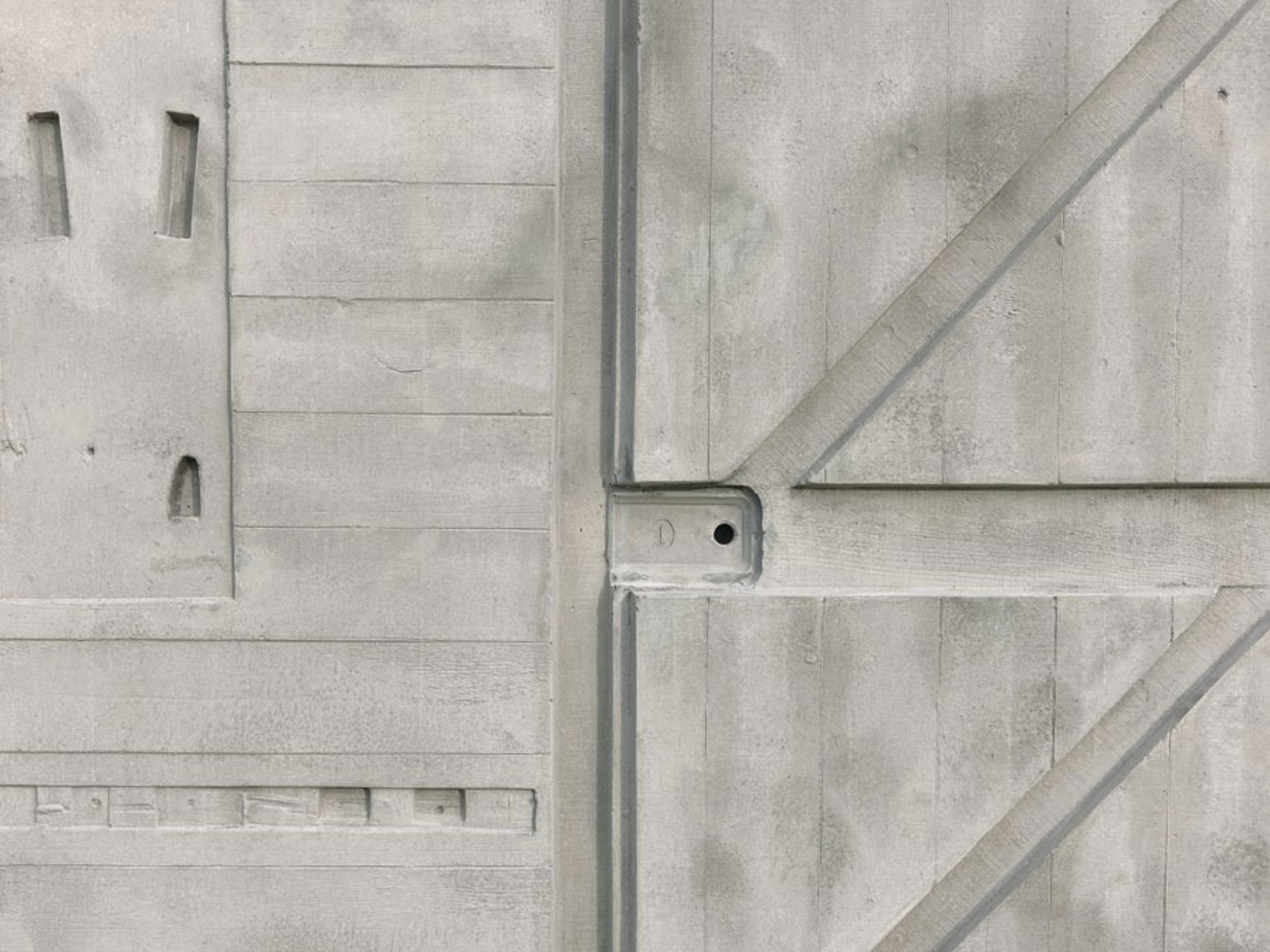As mentioned in my, The North Fork Valley post, the path is a prominent aspect of my work. The more I reflect on that, the more I can relate to Hamish Fulton's work.
My art is about specific places and particular events that are not present in the gallery. The given information is very minimal. My hope is that the viewer will create a feeling, an impression in his or her own mind, based on whatever my art can provide.
I am inspired by the way he evokes an emotional response and connection to place. His images are beautiful and minimally presented. They reflect the loneliness and a sense of wonder that only he could have experienced at that moment. However, he has been able to translate that to the audience. This makes the work relatable and affective at connecting the viewer to his work.
Something I hope to produce with my own project. I want to create works as a way of finding common ground with others.
Figure 1: Hamish Fulton, Mankingholes on the Pennine Way, 1973
Figure 2: Bitten by a Dog: A Twenty Day Walking Journey from Dumre to Leder in Manang and back to Pokhara by way of Khudi, Nepal, 1983
Figure 3 : Footpath, Iceland, 2008, Hamish Fulton.
References:
Tate. 2020. Hamish Fulton: Walking Journey: Room Guide | Tate. [online] Available at: <https://www.tate.org.uk/whats-on/tate-britain/exhibition/hamish-fulton-walking-journey/hamish-fulton-walking-journey-room> [Accessed 1 August 2020].

